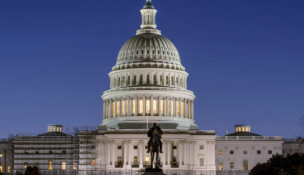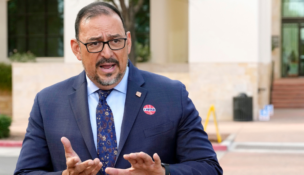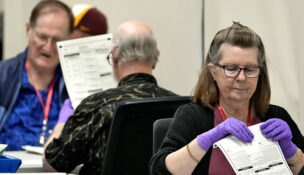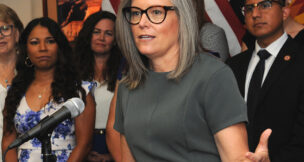Arizona lobbyist spending doubles in 10 years
Arizona Capitol Reports Staff//March 27, 2009//[read_meter]
Arizona lobbyist spending doubles in 10 years
Arizona Capitol Reports Staff//March 27, 2009//[read_meter]
During the past decade, the amount of money spent by lobbyists in Arizona has increased dramatically.From 1997 to 2007, lobbyist spending doubled, according to the Arizona Secretary of State’s Office....
No tags for this post.

















